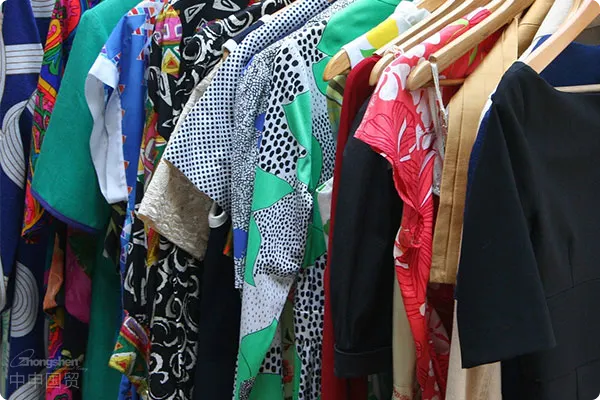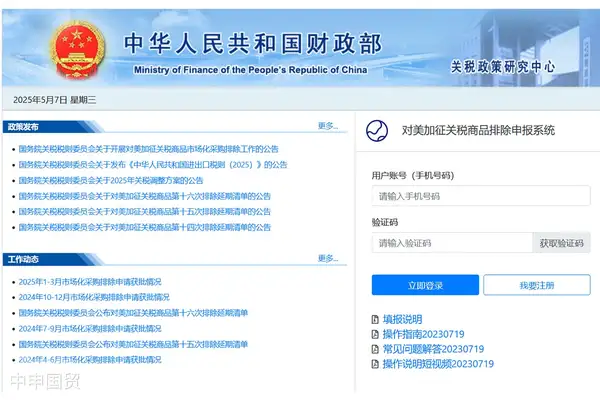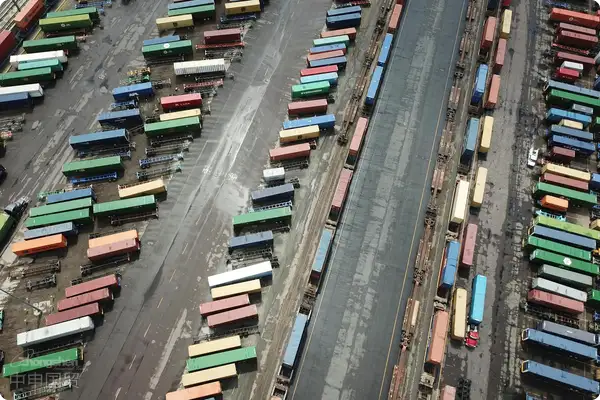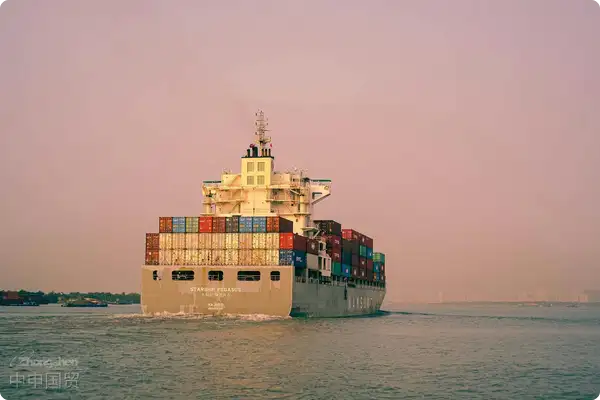- Shanghai Zhongshen International Trade Co., Ltd. - Two decades of trade agency expertise.
- Service Hotline: 139 1787 2118
In Q1 2024, EU clothing imports continued to decline but at a slower rate. Latest data shows a 2.5% YoY drop in volume, a significant improvement from the 10.5% decline in Q1 2023. Notably, imports from China bucked the trend, becoming a highlight.

Data shows that in Q1 2024, EU clothing imports from China grew 14.8% YoY, standing out among major source countries. Meanwhile, imports from Vietnam and Cambodia also rose by 3.7% and 11.9%, respectively. In contrast, imports from Bangladesh and Turkey fell by 9.2% and 10.5%, while imports from India dropped 15.1%.
Chinas share of the EU clothing import market thus increased. By volume, Chinas share rose from 23.5% in 2023 to 27.7% in 2024. Although Bangladeshs share fell by about 2%, it remained the top source.
Behind the changes in EU import volumes were significant shifts in unit prices. Data shows that in Q1, Chinas clothing unit prices fell by 21.4% and 20.4% in EUR and USD terms, respectively. Similar trends were seen in Vietnam, with price drops of 16.8% and 15.8%. In contrast, Turkey and India saw single-digit declines.
Due to falling unit prices, EU clothing import values declined across source countries. Imports from China fell 8.7% in USD terms, while imports from Bangladesh, Turkey, and India dropped 20%, 13.3%, and 20.9%, respectively.
Compared to five years ago, EU clothing imports from China and India fell by 16% and 26%, respectively. Meanwhile, Vietnam and Pakistan saw the fastest growth, rising 13% and 18%, while Bangladesh declined by 3%.
In terms of import value, China and India saw the largest declines, while Bangladesh and Turkey performed much better. These changes reflect the dynamic adjustments in the global apparel market and the shifting positioning of different countries in the supply chain.
The counter-trend growth of Chinese apparel in the EU market can be attributed to several factors. First, China has significant advantages in production efficiency and cost control, especially against the backdrop of pandemic-disrupted global supply chains, where the stability and supply capacity of Chinese manufacturing have stood out. Second, improvements in product design and technological innovation by Chinese companies have also made their products more competitive in the market.
In contrast, the decline in apparel exports from Bangladesh and India may be related to their disadvantages in production costs and supply chain stability. Indias apparel export drop is particularly notable, reflecting its challenges in global market competition.
Looking ahead, the import trends in the EU apparel market may be influenced by multiple factors. Global economic uncertainty, changes in consumer demand, and adjustments in trade policies across countries will all significantly impact the EUs apparel import landscape.
For China, maintaining competitiveness in the EU market requires continuous technological innovation and supply chain optimization. At the same time, strengthening trade cooperation with EU countries and adapting to the high-standard requirements of the EU market will be key directions for Chinese apparel companies.
Related Recommendations
? 2025. All Rights Reserved. Shanghai ICP No. 2023007705-2  PSB Record: Shanghai No.31011502009912
PSB Record: Shanghai No.31011502009912










